Yellowstone Grizzlies Are Dying Faster Than Ever in 2025
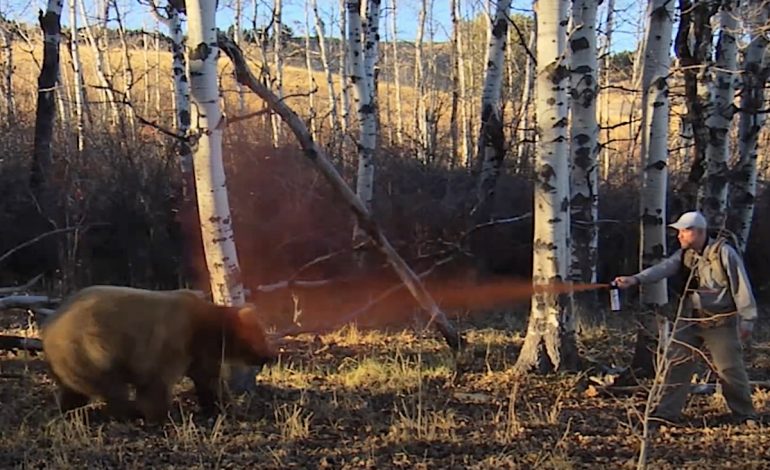
Grizzly deaths in the Greater Yellowstone Ecosystem are on a record-breaking pace again. Federal biologists have logged 63 dead bears so far this year — already ahead of last year’s count at the same point, and 2024 ultimately set the all-time high with 77 known and probable mortalities. The previous record was 70, hit in both 2021 and 2018. This year’s tally, marked “provisional” as of Sept. 13, is rising just as Wyoming’s rifle elk seasons kick in, the stretch of fall when bear – hunter encounters commonly turn deadly for grizzlies.
Drought is part of the backdrop. The US Drought Monitor has the region in moderate to severe conditions, and people on the ground say you can see it on the hillsides. Meredith Taylor, a retired Dubois outfitter who teaches ethnobiology, described a bleak late-summer scan on Togwotee Pass — “no berries,” poor forage, and bears drifting downslope into valleys because the high-country pantry is bare. September alone added 17 deaths to the 2025 list, with some dates still being finalized. In one notable incident on Sept. 21, Wyoming Game and Fish removed two cubs from private land after repeated visits to a residence, a reminder that hungry bears and human settlements don’t mix well.
Whether conflicts are truly increasing depends on whom you ask. Some point to simple math: more bears on the landscape means more run-ins. Others argue climate change is squeezing food sources and pushing grizzlies into riskier places. Either way, the political pressure to take Yellowstone grizzlies off the federal threatened list is surging. The population inside the ecosystem’s official monitoring area sits around a thousand animals, with more bears roaming beyond that core. Rep. Harriet Hageman is leading a push in Congress to strip protections outright, introducing a bill that would force delisting “without regard to any other provision of law” and even wall it off from court review. She’s also trying to tuck delisting language into appropriations, saying Wyoming has “far exceeded” recovery goals and that federal inertia and “desk activists” are blocking a management handoff to the states.
Her critics say timing matters. Taylor told Hageman she thinks delisting now would be a mistake, citing the long-term decline of whitebark pine — a once-reliable, high-calorie food whose nuts have been hammered by warming-driven insect outbreaks. Whitebark is itself listed as threatened, and one recent study projects most suitable habitat could disappear by mid-century. Federal scientists note that grizzlies are remarkably adaptable omnivores and can persist without whitebark seeds, but the transition often pushes bears toward lower-elevation foods — and closer to people, livestock, and roads. Hunting seasons complicate the picture, too. Gut piles left by big-game hunters can be a magnet for bears, yet the influx of armed humans in the same places at the same time has obvious downsides.
The management fight is unfolding as carcass counts climb, and agencies try to keep up with removals, relocations, and public advisories. The Interagency Grizzly Bear Study Team’s spreadsheet doesn’t say why any one bear dies, but the aggregate is loud enough: more bears are dying, earlier, in a year already stressed by heat, drought, and a busy fall hunting calendar. Whether that argues for stricter protections or a handoff to state control is exactly the debate playing out — from trailheads to town halls to Capitol Hill — while another season of conflicts gets underway.
The original story by for WyoFile.
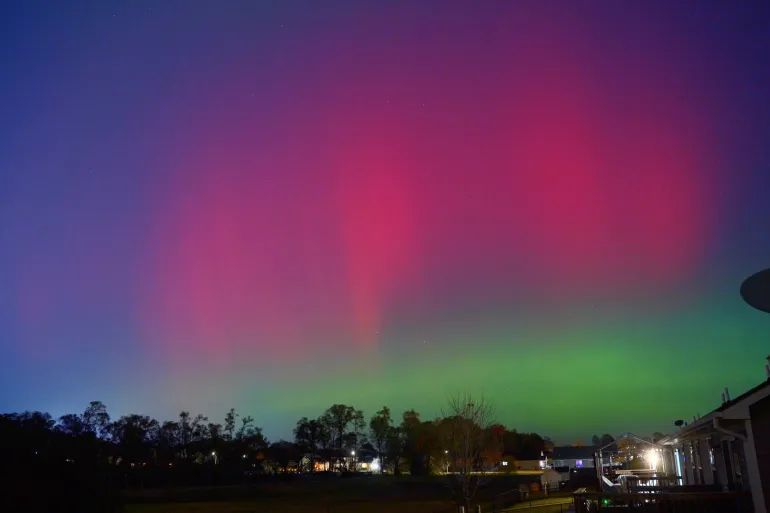
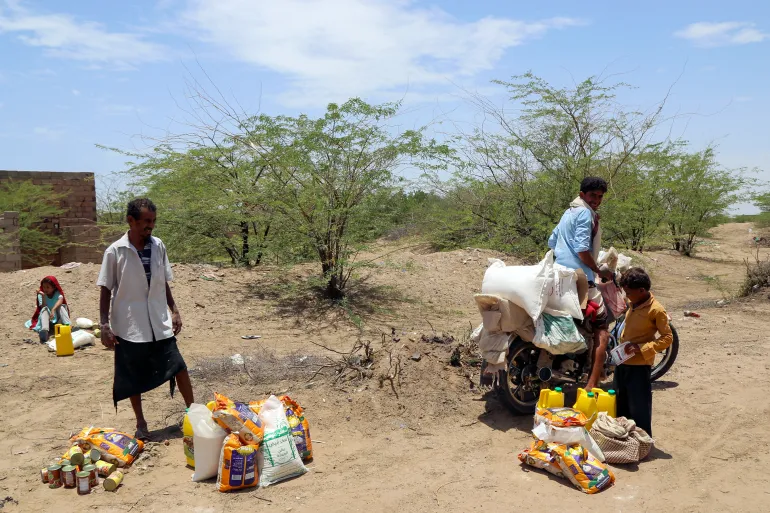


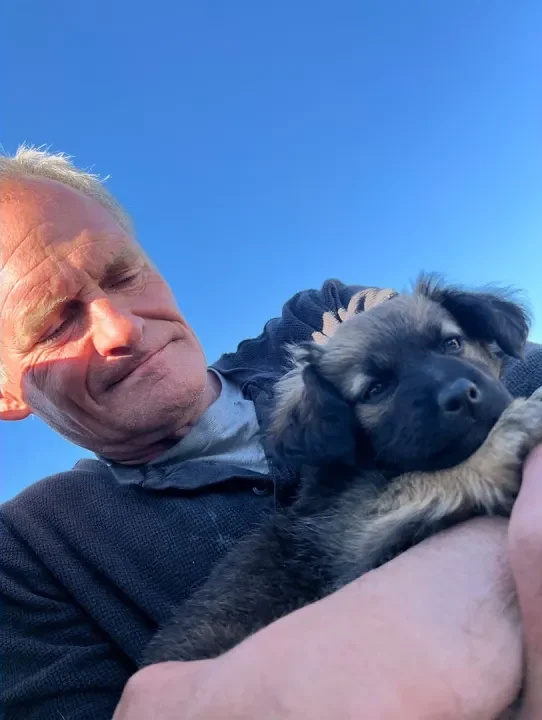

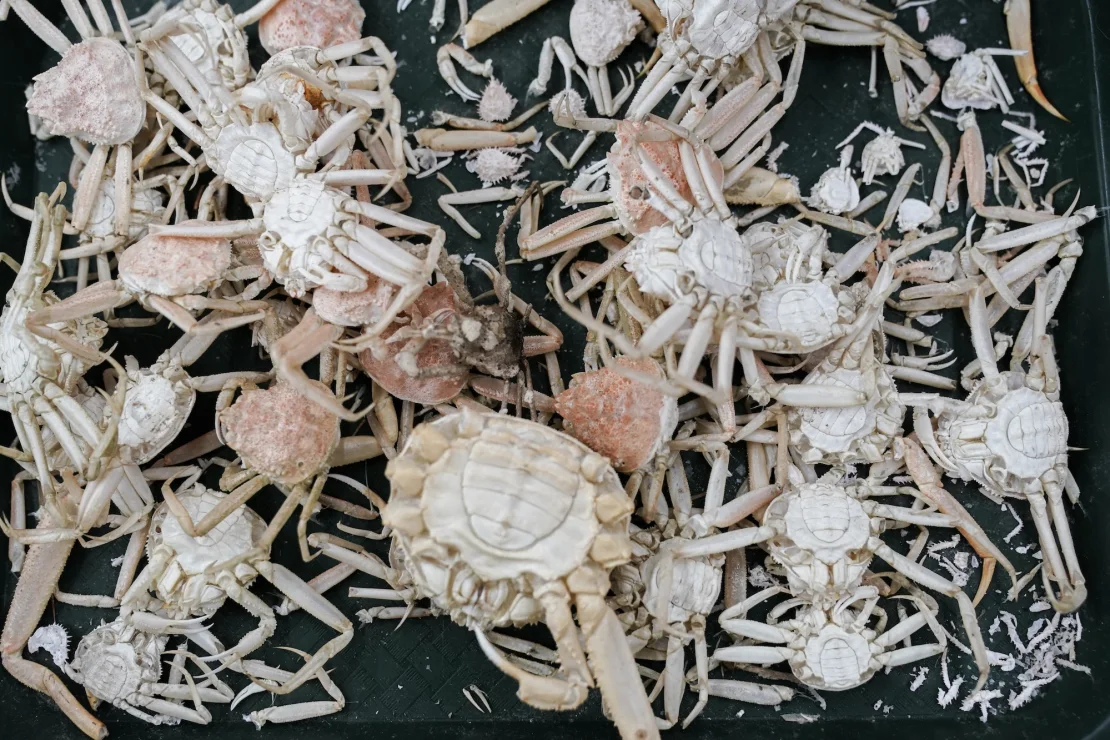
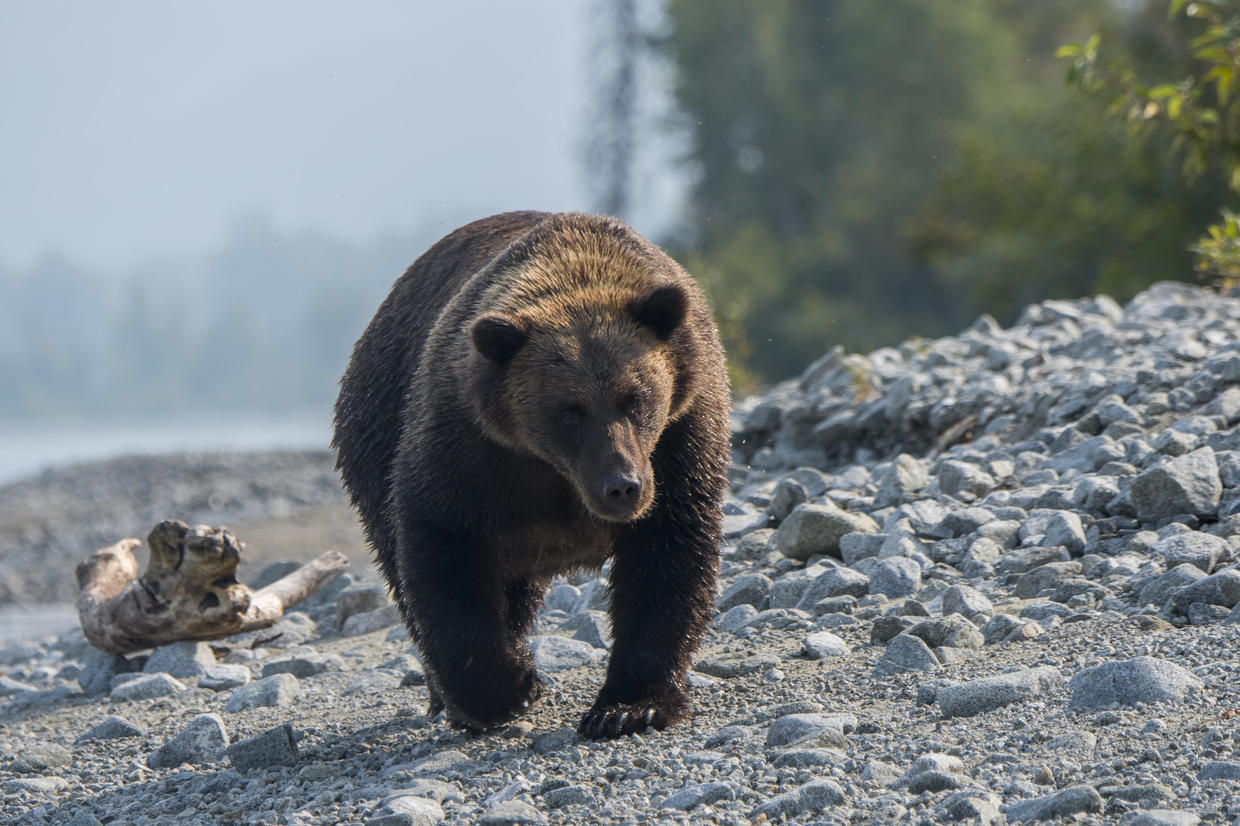
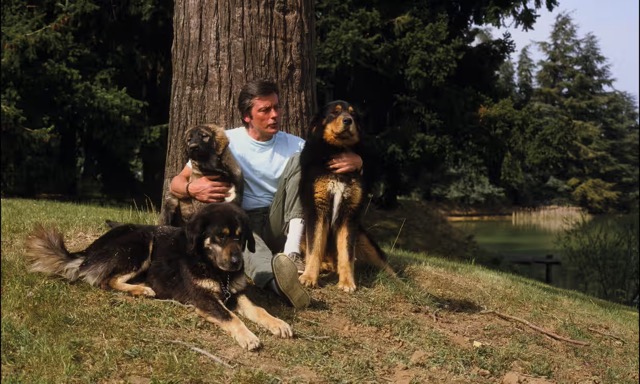
The latest news in your social feeds
Subscribe to our social media platforms to stay tuned